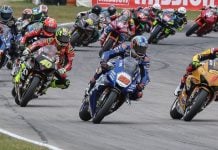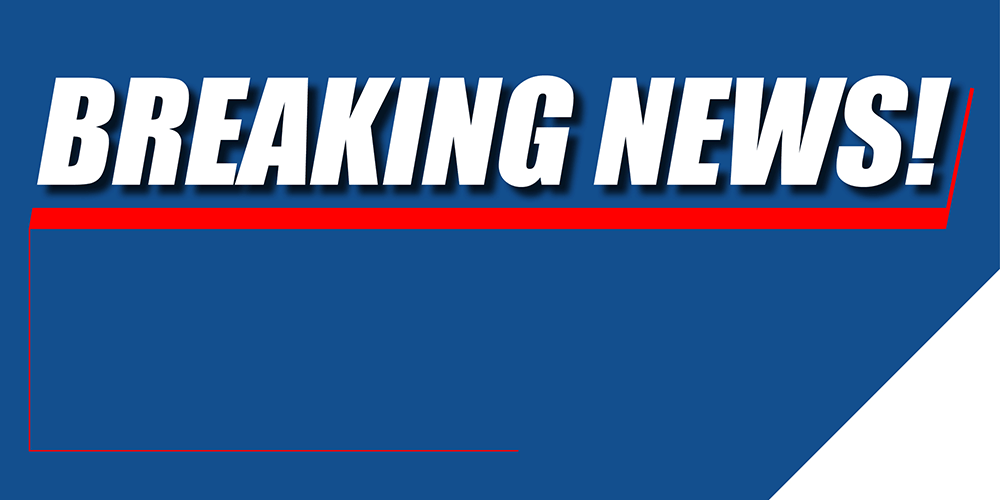From a press release issued by Proton Team KR:
EUROPEAN CHAMPION ADDED TO PROTON’S STRENGTH
February 18, 2002: Spanish rider David Garcia, winner of the European Championship last season, has signed up with Proton Team KR, as test rider for the three-cylinder lightweight MotoGP two-stroke.
Garcia will back regular team riders Jeremy McWilliams and Nobuatsu Aoki, testing the continual stream of technical innovations and improvements from the independent team’s factory at Banbury, in the heart of England’s “F1 Belt” of high-tech race engineering.
“It is a fantastic opportunity for me,” said the 23-year-old rider, who campaigned in the 250 GP class in 2000, but missed most of last year after early injury to concentrate on his successful European Championship campaign.
“I was always too tall for a 250, so it is a chance for me to adapt to the bigger class, and to learn a lot while helping develop the machine,” he smiled.
“I also hope that I might be able to race at some GPs this year,” he added. Although only an observer at Valencia, his testing schedule begins after the start of the season, at his home circuit of Almeria.
Proton Team KR manager Chuck Aksland confirmed that they plan to seek wild card entries for Garcia at selected GPs, while he would be first reserve for racing if one of the regular riders was unable to take part.
Almeria is literally Garcia’s home circuit – his father owns and runs the track, an increasingly popular testing venue. Previously, the family owned a karting circuit, and David started in motorsport by following in his father’s wheel-tracks, racing karts as a young teenager at national championship level, before he was bitten by the motorcycling bug.
PROGRESS FOR PROTON IN FIRST IRTA TESTS
Valencia, February 17, 2001: Proton Team KR riders Jeremy McWilliams and Nobuatsu Aoki had mixed fortunes at the first three-day IRTA test of the 2002 GP season at the Ricardo Tormo circuit here today.
Ulsterman McWilliams finished up the three days of mainly unfavourable weather with a lap time well in touch with the leaders, and happy at the progress made as he becomes accustomed to his new mount.
Japanese teammate Aoki had no such luck – his testing cut short when he fell victim to spilled fuel, crashing out early in the proceedings on Sunday, and out of action for the rest of the day.
The first confrontation between the new 990cc four-stroke MotoGP machines and the old guard of 500cc two-strokes ended in victory for the smaller machines, with the top four-stroke third-fastest and two-strokes setting the pace throughout. This was another encouragement to Proton Team KR, who have pinned their faith on their lightweight three-cylinder two-stroke, while planning their own four-stroke challenger for 2003.
The tests were far from conclusive, however, with high winds, rain and extreme cold only letting off later on the third of three days. Temperatures remained low, and there were a number of crashes.
“We had a lot of things to test – and conditions were really against us,” said team manager Chuck Aksland. “All the same, Jeremy made a lot of progress, getting the bike fitted to his style and preferences, and also learning more about the machine’s capabilities.
“Both riders are new to the bike, and our Bridgestone tyres are also new to the team and the top class of racing. We will continue testing at Estoril and then at Catalunya for the rest of the IRTA tests – and hopefully keep on making progress.”
JEREMY McWILLIAMS: LOTS DONE, LOTS TO DO
“In the end, it was good. We struggled a bit with tyres at first – but came good with the 17-inch tyres we least expected to work. They hadn’t done a thing for us at the first tests at Jerez, but conditions were very different at Valencia, and very low temperatures were obviously a big factor.
“We had lots of things to try, and a busy schedule, with a minor hiccup when I crashed on the cold track yesterday. We still made progress with fundamental things –handlebar position, a different seat, changing the ride height and getting everything dialled in.
“The object was not lap times, but to get a better understanding of the bike, so I’m pretty pleased to have a time up among the four-cylinder 500s. It shows we’re on the right track. Now I have a different chassis to test next week, and lots of other stuff. The team’s fantastic, and they’re working really hard. And the 500s coming out on top shows that all is not lost for the two-strokes!”
NOBUATSU AOKI: LOOKING FOR BETTER TIMES
“Absolutely not a good test for me. The first day had bad conditions, and on the second day I fell because it was too cold and the front tyre could not get up to temperature. Then today another rider crashed and spilled petrol, and though they stopped the session, when we started again the track was not properly cleaned – and I fell again at that corner, even though I was going quite slowly. I only did 15 laps, and though I am not hurt I was a little concussed, and couldn’t ride any more.
“So really I did not learn much or make much progress at Valencia. I hope things get better for me over the next tests.”
From a Marlboro Yamaha press release:
MARLBORO YAMAHA TEAM TESTS
Valencia, Spain
Sunday February 17 2002
CHECA & BIAGGI MAKE GOOD PROGRESS AT VALENCIA
Marlboro Yamaha Team riders Carlos Checa and Max Biaggi completed their third day of testing at Valencia this afternoon, making excellent progress with various aspects of their YZR-M1 MotoGP machines. Weather conditions were better than yesterday, with some sunshine during the afternoon, though track temperatures were below 20 degrees (C) for most of the day. Nonetheless Checa was able to record his best-ever Valencia lap, bettering his quickest qualifying lap for last year’s GP here by eight tenths of a second. But outright lap times weren’t the Spaniard’s top priority and he spent much of the day evaluating Yamaha’s new electronically controlled hydraulic engine-braking system, which works in addition to the engine’s slipper clutch.
“This new system is good and helps me to use a faster corner-entry speed,” he said. “Also, I think it will allow us to run a shorter gearbox, which will give me more immediate power when I open the throttle. At the moment we are using quite long gears, which isn’t so good in the slower sections of this track. We also need to improve the bike’s mid-corner turning and I’m glad to hear that we’ll soon have another new chassis to test. McCoy and Nakano ended up faster than me today but I don’t know how consistent they’re lapping. I certainly didn’t go as quick as I’d hoped but for sure I would’ve been faster if we’d had three full days on a warm track.”
Biaggi ended the day 0.166 seconds down on his teammate, posting his best lap in the final minutes while riding the YZR-M1 of Yamaha tester John Kocinski, this bike equipped with a different chassis.
“These three days were quite difficult for me and the team because we had problems with the rear of the bike moving around,” said Biaggi, who slid off earlier in the day. “But then I jumped on John’s bike and quickly did my best lap. I’m very happy we’ve solved that problem and I can’t wait to test the chassis again at Estoril next week. We’ve a lot of work to do but I look forward to continuing development.”
YZR-M1 project leader Ichiro Yoda was also satisfied with his day’s work.
“Today we found a good chassis set-up with John, so my thanks to him for doing a good job,” said Yoda. “Max also liked this chassis and we’ll ask Carlos to test it at Estoril. The difference is in the centre of gravity and we plan to continue moving in this direction, building another new chassis, with better turning, for all three riders to test very soon. Max also got to try some new engine parts John was using and he liked the smoother power they give. Finally, both Max and Carlos tried the engine-braking control system and have given us positive feedback, though we need to continue testing of this item.
“Considering the not-so-good weather I’m happy enough with what we’ve done here. The 500s have shown that they can still be competitive at tighter tracks like this, Jerez and Sachsenring because they’re lighter and easier to turn, with higher corner speed and better initial acceleration.”
LAP TIMES
Carlos Checa (Marlboro Yamaha Team), 1:34.654
Max Biaggi (Marlboro Yamaha Team), 1:34.820
© , Roadracing World Publishing, Inc.






